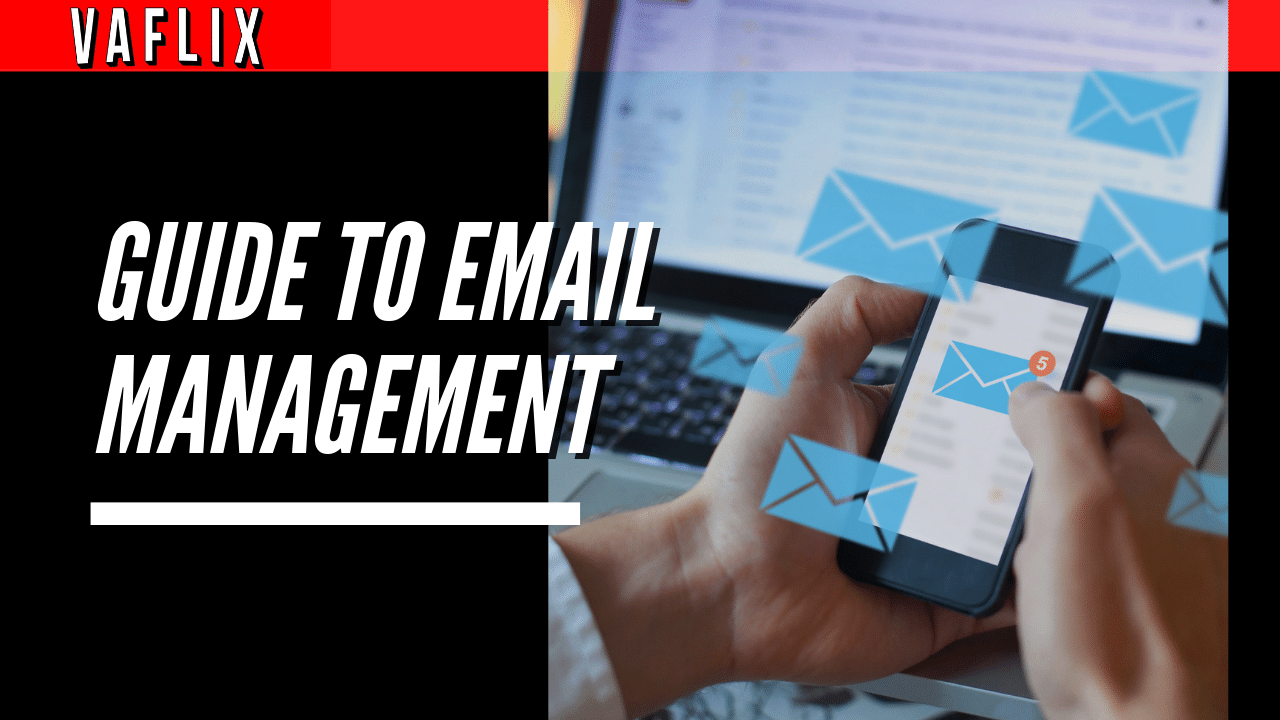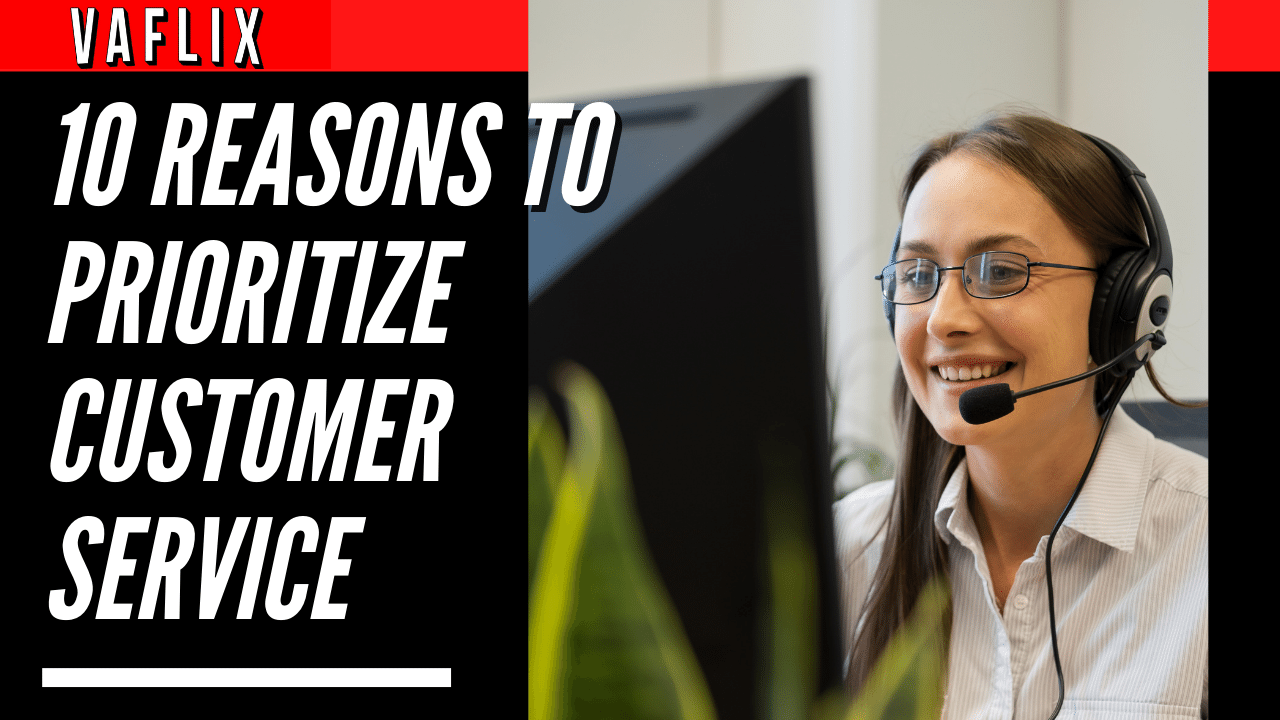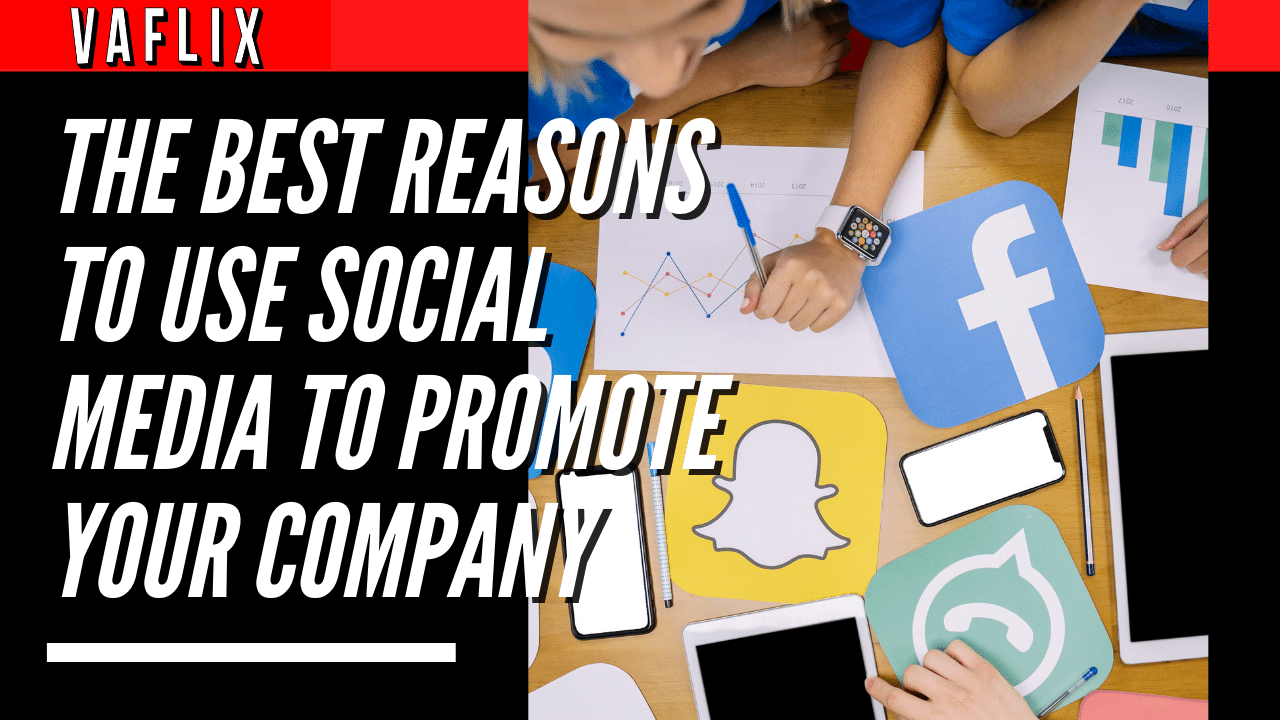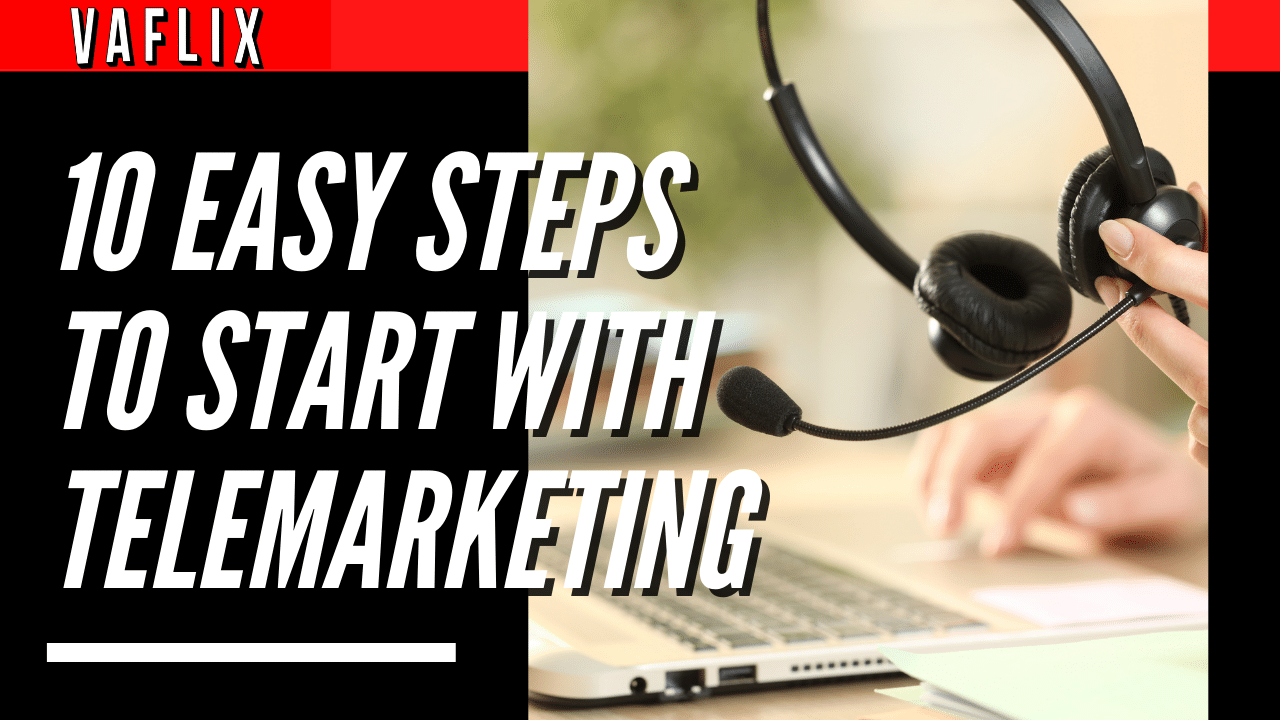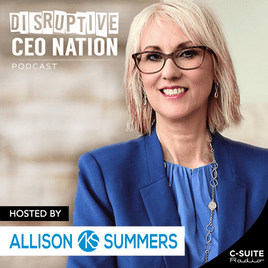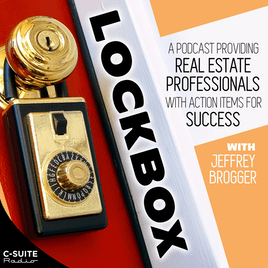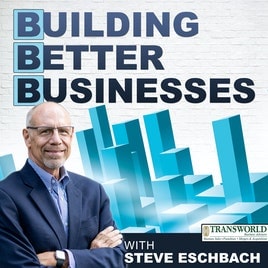Email Management for Busy People - Tips, Tools, Apps, and More
If you’re like the majority of people in the modern world, you’re busy, yet you may not always feel productive. Managing your email inbox is among the most time-consuming apparently pointless activities. From digging through irrelevant incoming messages to reading emails, reacting to the essential ones, and keeping track of the emails you need to retain, there is a great deal involved in maintaining the contemporary email inbox – let alone monitoring the number of email alerts. And a significant portion of it seems more like busywork than value-added productivity, particularly if you strive for an empty inbox. There are, thankfully, techniques to guarantee that email management consumes less of your important time, without lighting your inbox on fire and fleeing.
Benefits of Streamlined and Efficient Email Management
There are several advantages to improving your email management. The most important is this: Achieving email efficiency allows you to concentrate on more essential matters. You can devote more time to expanding your company by spending less time climbing the mountain of unread emails. You can spend more time with family and less time unsubscribing from useless newsletters.
Moreover, good inbox management provides the following additional benefits:
- So that nothing goes through the cracks, a well-managed inbox enables you to keep on top of assignments and conversations.
- Better email management allows you to disconnect from work and achieve a better balance between work and leisure time.
- You may seem more professional to customers, suppliers, partners, investors, and anybody else you contact by streamlining your communication.
- When you are not inundated with email, your life is less stressful and your inbox no longer seems overwhelming or insurmountable.
Overall, regaining control of your inbox enables you to transform email into a tool that streamlines communication and simplifies your life. Do you recall when this was true?
4 Steps to Take Control of Your Inbox by the End of the Day
While enhancing your email management may seem like a fantastic idea, we know that many individuals face an Everest of unopened emails and a tangled web of ignored folders and labels, despite their best efforts.
In other words, we recognize that gaining control of your email inbox may seem implausible.
But it’s not. Taking back control of your emails requires setting aside the time and will to do it, and the first step is to implement the four actions below.
Step 1: Unsubscribe From Emails That Don’t Add Value
Scaling an accumulation of unopened or unanswered emails is comparable to playing Tetris. As you choose where each piece belongs, new pieces continue to pour into your mailbox. Therefore, the first step in regaining control of your email is to halt (or at least reduce) the incoming deluge, so that you can concentrate on what’s currently in your inbox.
The majority of us end up on promotional email lists and newsletter campaigns that we never read and from which we get no benefit. However, unsubscribing from each one may soon consume a great deal of time and effort.
We suggest utilizing a service such as Unroll.me, which allows you to link your email account and get a comprehensive list of all your email subscriptions. With a single click, you may select whether to retain the subscription or cancel it permanently. All of your subscriptions may be managed in less than 5 minutes.
Step 2: Set Up Folders and Labels to Better Organize Your Emails
After you’ve reduced the influx of new emails you must process, it’s time to create a sensible structure of folders and/or labels. There are other ways to do this, but it all boils down to selecting the technique that best suits your organizational needs.
- Organize by business vs. personal: If your work and personal email accounts share a single inbox, you may establish distinct folders for each. Then, you may further organize each item by adding labels for projects, deadlines, or other items.
- Organize by topic: You may categorize emails by subject in order to keep track of their content. For instance, you may keep one folder for vacation research and travel information and another for communications pertaining to your child’s schooling.
- Organize by project: If you manage many projects at work or at home, you may designate each with an own folder or label. For instance, if you are working on introducing a new product feature, emails related to the launch might be filed in a distinct folder.
- Organize by deadline: If you manage many projects at work or at home, you may designate each with an own folder or label. For instance, if you are working on introducing a new product feature, emails related to the launch might be filed in a distinct folder.
Step 3: Create Filters and Rules to Automate Sorting
Step 2 requires the greatest consideration and trial-and-error compared to the other processes. Step 3 is thus concerned with ensuring that your employment continues to simplify your life.
We’re all aware that it’s one thing to construct a hierarchy of email folders and labels, but it’s quite another to utilize them consistently and adhere to that organizational plan. In Step 3, you may utilize your email service provider (Gmail, Outlook, etc.) to set up filters and rules that automate this procedure.
For instance, if you organize your emails into professional and personal folders, you may establish a rule so that emails from certain senders automatically go to the appropriate folder. Thus, emails from your work domain are automatically sorted into the business folder, while emails from your spouse are automatically sorted into the personal folder.
Step 4: Choose a Tool to Help Manage New and Unaddressed Emails
In the spirit of making your newly managed inbox simpler to maintain over time, step four is assembling a collection of tools and applications that automate or otherwise simplify your email management.
Using a program such as Boomerang, you may send emails out of your inbox and have them return when you need them. You may use a program like Sortd to convert your email into an actionable to-do list.
Finding the tools that allow you to organize your inbox in a manner that works for you is crucial. Some publications advise against using your inbox as a to-do list, but if that’s what works for you, you can discover solutions to help you accomplish it more efficiently.
Tips for Better Ongoing Email Management
Once you’ve regained control of your inbox, you’ll still need discipline and strategy to keep that control over the long run. In light of this, the following are our top email management recommendations for improved ongoing email and inbox management.
Plan and Block Time for Regular Email Triage
Whether you want to handle email once per day or once per week, schedule real time and adhere to it. This is the only method to maintain a full inbox.
- Immediately archive communications that need no action on your part, or move them to the appropriate location.
- For communications requiring a basic response that may be completed in one minute or less: Respond instantly, then send the message to the correct location (or archive it) immediately.
- For communications requiring some degree of consideration or reaction (that you cannot immediately attend to): This is where a service like Boomerang may come in extremely handy: quickly reschedule it to a time and date when you’ll be able to deal with it.
In brief, you should adhere to the 5-minute rule: If you can respond to an email in less than 5 minutes, do so immediately.
Set the Right Expectations for People You Regularly Email With
The expectation of instantaneous responses 24 hours a day, seven days a week is the single most stressful aspect of email. Eliminating this stressor requires establishing clear expectations and limits about your relationship with your inbox, as well as conveying these expectations to individuals with whom you often communicate through email.
For example:
- You may include your “email office hours” in your email signature.
- You may use auto-responders for purposes other than vacations. If you’re in the thick of a large project, for instance, or if you’ve determined that email management is a weekly duty, you may not have time to check your email.
- You can “snooze” your inbox anytime you’re not primarily focused on email management.
Spend the Time Upfront to Set Yourself Up for Success
The more time you spend preparing for email success, the better off you will be in the future. This requires constructing the organizational structure we discussed before (email folders and labels), as well as the following:
- Email template
- Canned responses
- Filters and rules
- Distribution lists
The majority of email service providers (ESPs) include native functionality that can assist with all of the aforementioned tasks. Alternatively, you might use a program such as MixMax.
Rethink Your Relationship With “Inbox Zero”
Recently, there has been much discussion about attaining “inbox zero.” The imaginary condition in which there are no emails in your inbox. While it may seem rather appealing, it should not be your main objective. You should instead strive for inbox zen, in which your inbox is in whatever condition permits you to be the most productive and least stressful.
Reel in Your Email Writing
Whether you are sending out product announcement emails or just communicating with your team, one of the simplest methods to reduce the amount of time spent on email management is to condense your writing. Most emails do not need a great deal of writing, and if you spend more time than necessary on this, you are also demonstrating bad email management.
Instead, aim to keep emails to three to five lines. You may be shocked to discover that you seldom need more.
Use Separate Email Addresses for Business and Personal
When you manage professional and personal emails from the same inbox, it might be more difficult to construct an effective organizational structure for both sorts of emails. When feasible, separating professional and personal email identities and inboxes may make it simpler to build a system that works for each.
Plan and Keep Up With a Deep Inbox Cleanse Regularly
In addition to allocating time for regular email management, we advise maintaining a regular email cleaning schedule. You may do this on a monthly, quarterly, or six-monthly basis, whatever is most convenient. Even with a defined organizational structure in place, email may accumulate. Therefore, it is important to frequently review folders and archive emails that are no longer required.
Stop Using Your Inbox As a To-Do List or Action Items
Viewing your email inbox as a to-do list may easily lead to email organization concerns, including the following:
- Your to-do list becomes a moving target
- Your tasks end up being prioritized by other people instead of you
- Tasks fall through the cracks as others roll in
The safest course of action is to cease utilizing your email as a to-do list entirely. You may retain a separate task or project management procedure as an alternative. We suggest utilizing a platform such as Trello or Asana to manage your large projects and to-dos. With each, you can still use email as a springboard for activities, but those tasks will eventually reside (and be prioritized) outside of your inbox.
A virtual assistant from VA FLIX can facilitate the incorporation of email to-dos into your favorite task or project management system.
If you don’t want to fully abandon email, you can use a service like Sortd to transform your inbox into a real, prioritized to-do list.
7 Tools That Can Help You Better Manage Your Email
Problems with email handling are inherent to contemporary living. And regardless of the email client, there are solutions designed to aid in managing the deluge of incoming messages. Positively, this has led to the creation of innumerable tools and programs whose main purpose is to make email handling less complex and time-consuming.
We offer the following seven tools to help you regain and retain control of your email.
Boomerang
Boomerang functions as an add-on for both Gmail and Outlook and assists in reducing inbox congestion. With the plugin, you may “boomerang” email threads so they vanish from your inbox and select a date or time range for when they will return.
Mixmax
Mixmax is one of the most powerful email management applications we’ve seen. You may use it to build email templates and scripted answers, plan meetings through email with more ease, and schedule email sending, among other things.
Hiver
Hiver is meant to make it simpler and quicker to manage and work on shared inboxes, with tools to assign and delegate emails, monitor progress, and exchange team-wide comments.
Unroll.me
Unroll.me is the quickest and simplest method for decluttering your inbox in bulk. When you link your email account to Unroll.me, the application displays a list of all the email subscriptions filling your inbox. From there, each may be unsubscribed from with a single click.
Sortd
Sortd is developed for users who want to utilize email for task management but need a more efficient method. Sortd allows users to build custom lists and convert emails into tasks with ease.
SaneBox
SaneBox is a more comprehensive version of Gmail and Outlook’s native functionality. The program employs artificial intelligence to automatically automate email management chores such as sorting and clearing your inbox, snoozing non-urgent emails, and more.
Zapier
Zapier is not an email-specific service, but its API software allows you to link almost any program you use in your daily life. Therefore, you may construct automated processes (called Zaps) to post email attachments to Google Drive or convert emails into new Trello cards.
Outsourcing Email Management to a Virtual Assistant (VA)
Anyone may regain control of their inbox and simplify their email management using the aforementioned tools and suggestions. The fact, though, is that retaining control of your email requires consistent time and work. Emails continue to flood in and demand attention.
You might outsource routine email handling to a virtual assistant (VA) so that you can focus on the most essential matters.
When working with a VA FLIX VA, you supply the following details:
- How often to check the inbox
- What makes for a high-priority email
- How to flag urgent emails and where to notify you about them
- And more
In addition, as your personal VA acquires experience working with you, they will become more adept at understanding how to handle particular messages and accommodating your email management preferences and habits. Among the things they can manage are:
- Checking your inbox and classifying the priority of emails
- Organizing your inbox into folders and labels—and maintaining that organizational hierarchy
- Bringing urgent messages to your attention
- Working with you to create templates and canned responses
- Responding to emails, including using templates
- Unsubscribing you from newsletters and other unwanted email lists
In other words, you can finally concentrate on more productive activities and projects instead of your email.
Hold Up—How Does This Work?
People who are new to having a virtual assistant in their inbox often express the following concerns: We recognize that it may first feel a bit strange, but based on our experience, the time and energy savings rapidly outweigh any initial discomfort.
If you are still uncertain, the following frequently asked questions may be of assistance:
How does all this work?
Your VA FLIX VA will reside in your email inbox. They will handle incoming emails according to your instructions, and as they get experience working with you, they will become more skilled at managing things the way you do. Here you may learn more about the procedure and its operation.
How will my VA know which emails are important?
Your VA will first base its evaluation on the information you provide. You may select particular subject lines, keywords, or significant senders (colleagues, your spouse, etc.) as high-priority, while you can assign shipment and order confirmation emails a lesser priority.
How will my VA communicate with me?
Your VA FLIX VA is able to contact with you through whatever method you like. If you would want to be alerted through Slack or text message of messages requiring your response, they may accommodate your request. If you would want to have essential emails highlighted for your next login, they can do that as well.
Can I set limits on the emails my VA reads?
Absolutely. You may instruct your VA FLIX VA not to read or categorize emails from a certain sender (such as your spouse or doctor) or with a specific topic. Your VA FLIX VA is there to make your life simpler, and this includes respecting any personal limits you choose.
Wrapping Up
In conclusion, email management is something that everyone has the ability to do independently. You can create the mechanisms necessary to arrange your inbox and practice the discipline necessary to stay up with email management on a consistent basis.
Nevertheless, if you’re at your wit’s end with email, you may simply hand over control to a virtual assistant who will handle everything for you. Thus, you may avoid your email and devote more time to what really important.

